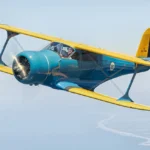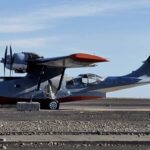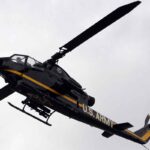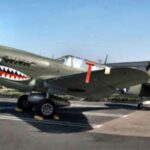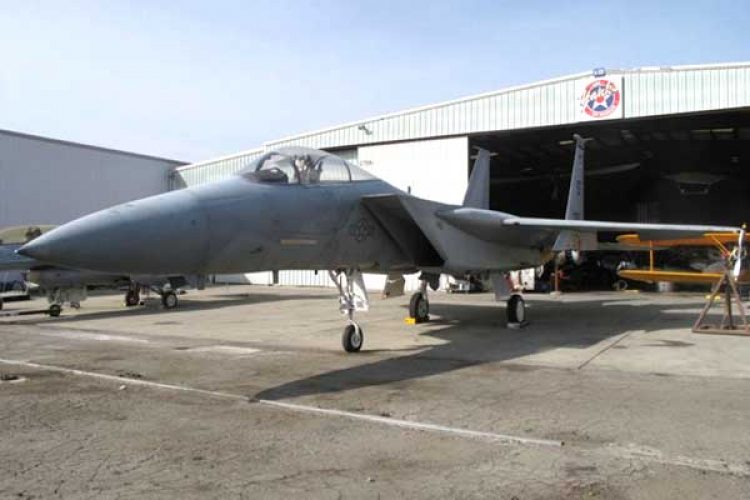
Service History
- Delivered: 6/30/1979
- 6/1979 33rd Tactical Fighter Wing (Tactical Air Command), Elgin AFB, FL
- 11/1980 Air Development Test Center (AF Systems Command), Elgin AFB, FL
- 9/1987 405th Tactical Training Wing (TAC), Luke AFB, AZ
- 1991 325th Tactical Training Wing (TAC), Tyndall AFB, FL
- 1992 325th Fighter Wing (Air Combat Command), Tyndall AFB, FL
- 1994 325th Fighter Wing (Air Education and Training Command), Tyndall AFB, FL
- Stricken: 4/1995
To attain superiority in air-to-air combat the pilot must detect, evade, attack and destroy the enemy. The F-15 Eagle with its incredible acceleration, maneuverability, multi-mission avionics, range and weaponry has this ability. The F-15 soared passed its competition to outperform all other aircraft and to become the air superiority fighter with a combat record of 101 victories to zero losses.
The F-15 has the ultimate fighter pilot cockpit, its large elevated area and bubble canopy give the pilot a nearly waist high 360-degree visibility. The F-15 was the first air-to-air fighter with a self-contained Tactical Electronic Warfare System (TEWS). Technology took a quantum leap in the F-15 with the installation of the APG-63 radar, featuring semi-auto dogfight mode, look-down/shoot-down, range/track while scanning, range/track while searching and Sparrow illumination modes. The integrated Heads-Up Display (HUD) features basic flight information, plus the target, status, range, closure rate, G-load, Mach speed, ammunitions count and more.
Statistically most AAA (Anti-Aircraft Artillery) damage occurs to the rear of the aircraft, this makes the center fuselage the home of nearly 90% of the avionics/systems. The forward and main fuselage is constructed mainly of aluminum while the aft section is mainly titanium with honeycomb fillers, the skins are boron epoxy composite.
This F-15 originally cost 28 million dollars. It was acquired by Yanks in 2011.

